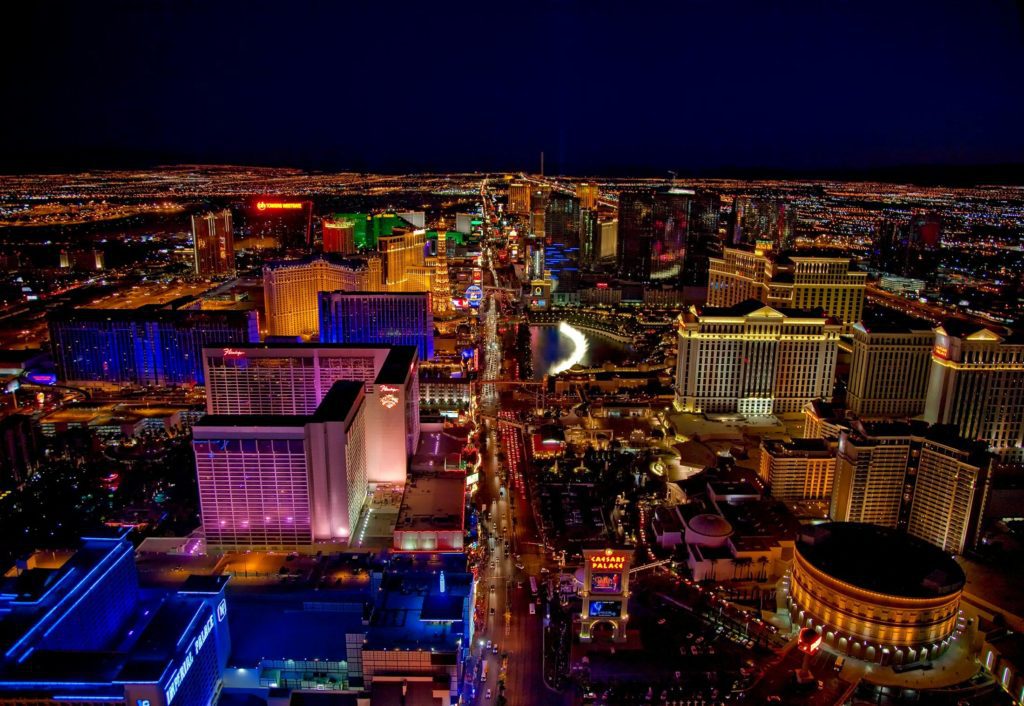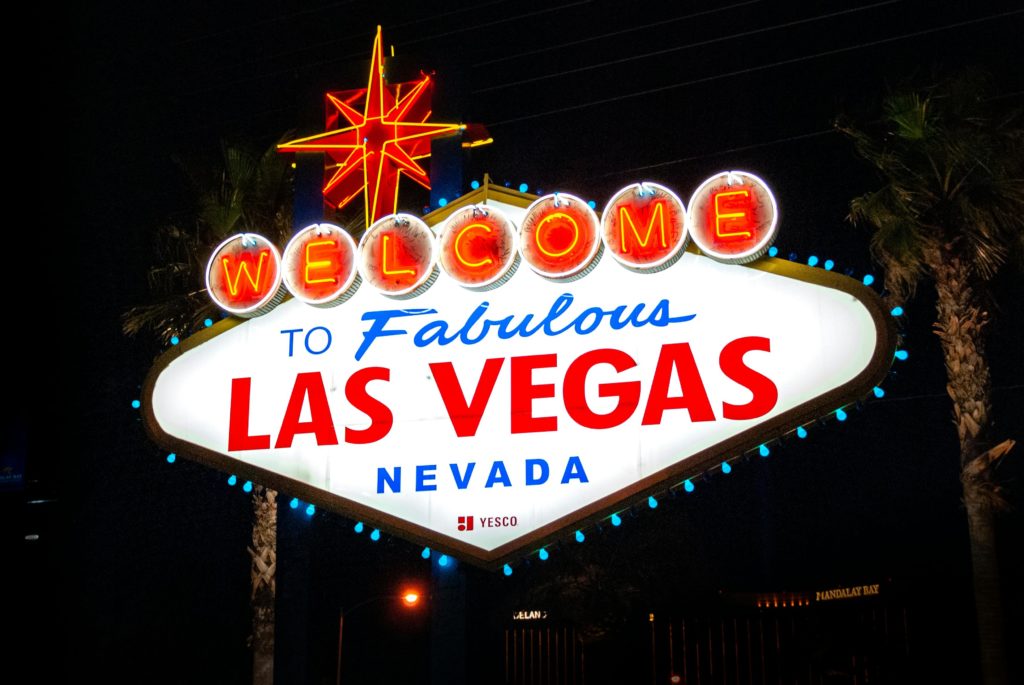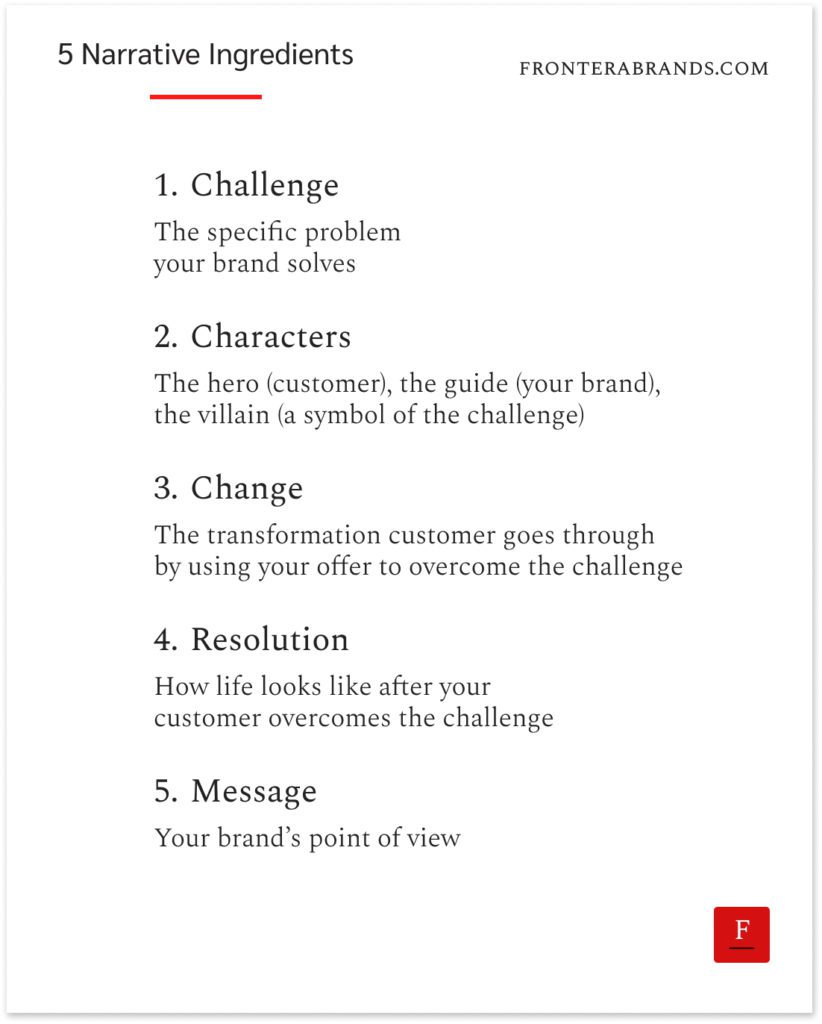In 2003, the Las Vegas Convention and Visitors Authority (LVCVA) realized the city needed a new story.
Las Vegas had been associated with gambling over the years.
Casinos were indeed a key feature of the city.
But Vegas offered many other things.
Shows, restaurants, parties…
So they hired R&R (an advertising agency) to create a new campaign.
The purpose was to show that Las Vegas was more than gambling and attract tourists again after the September 11 attacks.
R&R had one thing clear.
They were not going to talk about only one “feature” of Las Vegas.
Because if they focused on one, they had to leave others out.
So they had to find a bigger idea that covered everything Las Vegas offered.
But what could be that?

They found the answer in a surprising story.
R&R created a focus group to interview visitors in Vegas.
Among them, there were two middle-aged women.
Every year, these ladies told their families they were going to a spa resort in the Midwest for “a mom’s escape weekend.”
But instead of a relaxing holiday in the Midwest, they came to Las Vegas with their friends.
These ladies were totally “normal” in terms of lifestyle.
They were married, they had jobs, they had kids to take care of…
But for a few days every year, they wanted to leave all the judgment behind.
For a few days every year, they wanted to be free.
So they chose Vegas to drink, gamble, and have fun.
And they went back to their lives after the trip as if it never happened.
This story made the big idea obvious for R&R.
Las Vegas was not about gambling, shows, or resorts.
Las Vegas was an escape.
It was about being free from judgment for a few days.
And keeping what happened during the trip a secret.
So after going through many iterations, copywriters Jason Hoff and Jeff Candido came up with the tagline for the campaign:
“What happens here, stays here.”

The campaign started with a provocative ad featuring a lady in a limousine.
People loved it.
The idea stuck in everybody’s minds.
Those five words became iconic.
It was mentioned in songs, books, and movies and created free advertising worth billions for the city.
But more important than anything — Las Vegas trips gained meaning.
So the city received millions of more visitors in the upcoming years.
A brand narrative gives meaning to your offer
Think about it.
Sometimes you can’t stand out with capabilities alone.
Because your competitors also have similar capabilities.
That’s why you have to fit your offer into a narrative.
Las Vegas’ campaign is a good example.
Many cities have casinos, shows, and resorts.
So Las Vegas’ capabilities are not that different from other cities.
But when Las Vegas presented everything with a freedom narrative, the city gained meaning.
Tourists had a better reason to visit Las Vegas.
And that’s why many more people chose it over other destinations.

This is a problem today with many businesses.
They try to sell their capabilities.
They talk about what they can do and how they do it.
But when they don’t tell a bigger story beyond their capabilities, they become easily comparable to others.
And they lose potential customers.
That’s why a good brand narrative is an invaluable tool for differentiation.
So how can you create one for your business?
A brand narrative is not that different than a book or movie narrative.
Like any good story, it has the same five ingredients.

Here’s what they are and how to define them for your brand.
5 ingredients of a brand narrative and how to define them:
1. Challenge
There is no story without a challenge.
Frodo has to destroy the ring.
Harry Potter has to beat Voldemort.
The challenge sets the theme for the story.
So for a brand, this is the specific problem your customer faces.
This has to come from understanding what your customer is really trying to achieve.
So remember Jobs-to-be-done and Progress-Making Forces while defining the challenge of your narrative.
2. Characters
There are three main characters in a narrative:
The hero (e.g. Frodo/Harry Potter).
The guide (e.g. Gandalf/Dumbledore).
And the villain (e.g. Sauron/Voldemort).
For a brand narrative, these become:
- The hero: Your customer has the problem. So the customer is the hero.
- The guide: Your brand helps the customer overcome the challenge. So the guide is your brand.
- The villain: This is a person, concept, or competitor that symbolizes the challenge (e.g. Slack’s villain is email, BMW’s villain is Mercedes, and Las Vegas’ villain is the judgment in our ordinary lives).
3. Change
Every hero has to go through a change to overcome the challenge.
Frodo doesn’t know how to destroy the ring.
Harry doesn’t know how to beat Voldemort.
So the hero needs help.
And the guide presents a solution to the hero.
For a brand narrative:
Your brand presents a solution to the customer.
And that’s your offer.
So customers get the required knowledge, material, or service to solve the problem by using your brand.
4. Resolution
Resolution is the moment when the challenge is overcome.
When Frodo destroys the ring.
When Harry beats Voldemort.
Or when the customer uses your offer to go through a transformation and solve the problem.
It’s the happy ending.
For your narrative, think about how life looks like after your brand helps the customer overcome the challenge.
And how it would continue to be if they don’t get your help.
5. Message
Every narrative has a message.
Everything happens for a reason.
Lord of the Rings shows us that the sacrifice of ordinary folks can make a big difference.
Harry Potter shows us the power of love and friendship.
For a brand narrative, the message is your brand’s point of view.
It could be an insight about your industry.
Or a belief about how to do business.
But here’s the thing.
You have to take sides.
You have to come up with a bold idea that represents your positioning.
Going back to the Vegas example.
R&R’s executives realized attracting families would kill the city’s differentiation.
Las Vegas was for adult freedom.
So they chose the “freedom” message — especially because it doesn’t resonate with families.
Do the same with your message.
It has to attract people who believe in what you believe.
The bolder the message, the better.
The moral of the story?
In a world where products and services become more and more similar, customers buy narratives.
So use these ingredients to create a good one for your brand.
–
Enjoyed this article?
Then you’ll love the How Brands Win Newsletter.
Get the “5 Mental Models to Differentiate Your Business” guide when you join. It’s free.
References:
The story of the campaign: What really happens in Vegas, James Patterson
